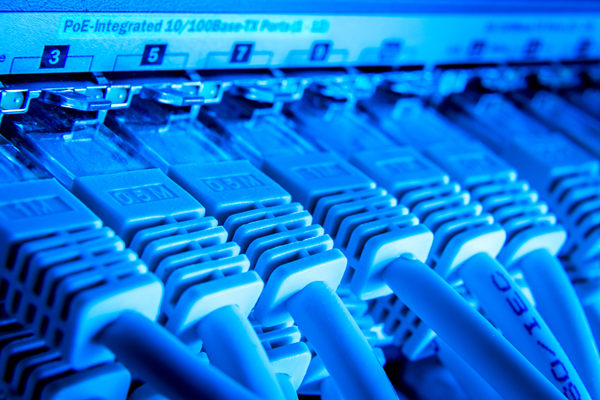All business entities nowadays rely upon computer networks for achieving a connection to the world outside. A majority of the gadgets utilised within office environments require a connection to the World Wide Web and a way of achieving a connection with each other. When you print a certain document for instance, it will most likely be sent to a printer within your LAN, or Local Area Network. If you similarly require access to a file present on your business server, the PC used will need to communicate with it through your LAN. If you wish to viewa specific web page, it will also be necessary to utilise the LAN. A connection to a modem must be made, but that is a gadget on the LAN too. The data cabling facilities applied in this context needs to undergo proper installation and design to ensure that these processes are efficient and reliable. A well-designed configuration of this kind is referred to as structured cabling. The cable applied in such installations is in most cases CAT5, CAT5e or CAT6.
Installation of Data Cabling
Usually, these cables are networked throughout the office, terminating at sockets fitted to the wall in a neat fashion. An Ethernet patch lead can then be applied for connecting the PC or other gadgets to the socket. The cables found at the alternate socket-end all run into a data cabinet or rack that comes in various styles and sizes. The cables inside it will then terminate at a patch panel. This panel is employed for making each socket port visible along with facilitating any patch-through servicing work required. A network switch allowing for connection to the LAN is the most common course, but other services like a direct PSTN line, modem and a telephone system extension may be utilised amongst many other gadgets. The data cabinet is a location where most communications and IT equipment for offices is centralised. It implies that any form of circuitry can be patched through to whichever location within the office where a socket is found.
Connection between Data Cabling and Telephone Systems
A logically growing trend exists where data cabling is increasingly being employed for telephone services. This is driven by modern telephone systems shifting gradually towards being IP-based. Numerous applications of video and voice have also come about that make it essential for data cabling to be installed. The communication speed across CAT5 and CAT6 cabling is critical for delivering the high-bandwidth requirements for sustaining such services. Facilities like large data files and video conferencing work in a seamless manner across a structured system of cables. Anyone who needs to make additions, changes and moves can readily appreciate the benefits of having data that is easy to comprehend.
IT staff can patch your network cable and then label the relevant connections. You can call in a serviceprovider of data cabling in Brisbane to patch a handset through to your desk. This will make it easy when connecting to other office devices and enable you to experience swift connectivity to any services you require. Investing in data cabling allows your business to function without hitches in the fast-paced technology-based work setting present today.




